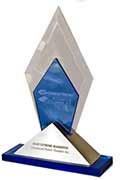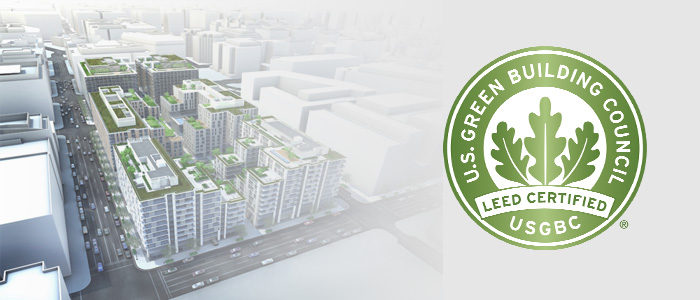Leadership in Energy and Environmental Design (LEED) is a set of rating systems for the design, construction, operation, and maintenance of green buildings, homes and neighborhoods. Although becoming LEED certified is not easy, it is the only way to achieve the status of being a green building in the United States. In order to receive a LEED certification, builders and homeowners need to meet the guidelines that have been set by the U.S. Green Building Council. Incorporating automation into the construction phase is a must in order for a building to become LEED certified.
The Role of Architects
Jim Sinopoli of Smart Buildings LLC, states, “In the case of new construction and most building renovations, the architect is the main interface for the building owner. It’s the architect that develops the owner’s facility program and assembles a design team, both of which are critical to the overall success of the project. With such a prominent role, the architect heavily influences just how smart the building will be. Surely architects understand that the control, monitoring and automation systems are an essential aspect to a smart building. Those systems are the dynamic components or facet of the building, the nervous systems allowing for adjustments in the building’s environment as well as optimal operational performance related to life safety, comfort, security, energy and a healthy atmosphere.”
Role of Automation and LEED Certified CourseThe Role of Automation in a LEED Certificate
One of the more important aspects of obtaining a LEED Certificate is being able to measure “energy and atmosphere”. A LEED building must be able meet certain energy output and C02 guidelines. Automation technology is needed in order to measure and read the output of energy throughout a home, most importantly the HVAC system.
Reports about all energy flows that are recorded for the building must be submitted, for instance, by heat meters (cold, electrical energy, etc.). These data are edited and visualized monthly or annually to correct any deviations when compared with calculated data during planning. Based on the analysis, new measures can be recommended.
To meet the requirements for monitoring air quality, the ventilation performance and the associated air quality (CO2 concentration) have to be recorded statistically. Sensors that continuously measure the level of CO2 are used to check that the amount of air is correct in all parts of the building.
Energy Savings and LEED
Sustainable building operations are all about minimizing energy consumption while maximizing comfort. By efficiently controlling heating, cooling, lighting and other building systems, automation significantly lowers energy and emissions. Utilizing real time and long term data helps building designers and homeowners to make smart decisions about their home or building design.
If you are an architect or interior design firm, sign up for one of AHT’s Lunch and Learn opportunities.
Role of Automation and LEED Certified Course




